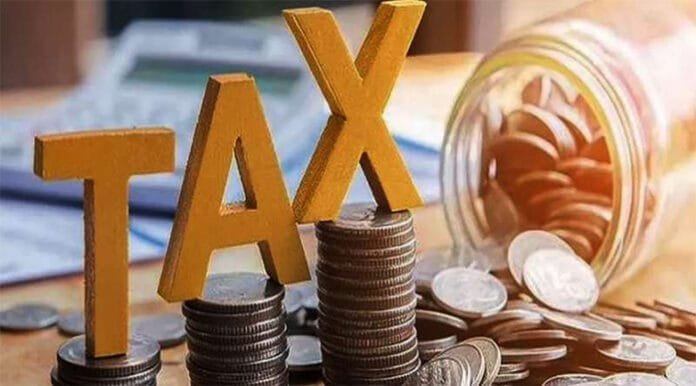New Delhi, April 23, 2025 — In a bold move aimed at increasing transparency and tightening financial controls, the Indian government has announced a 1% Tax Collected at Source (TCS) on luxury goods priced over ₹10 lakh. This new regulation, set to take effect from April 22, 2025, targets high-end items such as luxury handbags, wristwatches, designer shoes, sports apparel, and art. The TCS will be levied on the sale price of luxury items exceeding ₹10 lakh, marking a significant policy shift in the country’s taxation of premium goods.
What Does the 1% TCS Mean for Consumers and Sellers?
Starting in April 2025, luxury goods buyers will be subject to additional taxes, with the seller responsible for collecting the 1% tax at the point of purchase. This means that items like premium wristwatches, art objects, collectible items such as coins and stamps, luxury vehicles, high-end clothing, and even helicopters will now be taxed at this new rate.
Key Luxury Items Affected by the 1% TCS Rule:
Luxury Handbags
High-end Wristwatches
Designer Shoes
Sports Apparel and Equipment
Helicopters, Yachts, and Boats
Artworks (Paintings, Sculptures)
Antiques
Collectible Items (Coins, Stamps, etc.)
Home Theater Systems
Racehorses and Polo Ponies
This new tax applies only to sales where the price exceeds ₹10 lakh and will provide greater transparency in the buying and selling of luxury goods.
Why This New TCS Regulation?
The introduction of TCS on luxury items stems from the Finance Act of 2024, which aimed to increase monitoring of high-value transactions and expand the tax base. The Tax Collected at Source (TCS) will primarily impact sellers, who will now be required to collect this tax from the buyers and remit it to the government.
Experts believe the move is designed to enhance regulatory oversight in the luxury goods market and close the tax compliance gap, which has often been a concern due to the nature of high-ticket items being traded with little traceability.
Expert Insights: Increased Monitoring and Transparency
According to Sandeep Junjhunwala, Tax Partner at Nangia Anderson LLP, this notification reflects the government’s broader objective to enhance financial transparency and expand the tax net for luxury goods transactions.
“This step is part of a larger push to increase regulatory oversight in the high-value sector. While it may present challenges for sellers of luxury goods, it ultimately aims to improve accountability and ensure more transparent financial dealings,” said Junjhunwala.
Impact on Buyers and Sellers of Luxury Goods
For luxury goods sellers, the introduction of TCS means they will need to comply with new documentation and compliance requirements. They must ensure the proper collection and remittance of the 1% tax on eligible items. Additionally, buyers of luxury goods will likely face stricter KYC (Know Your Customer) and documentation requirements when purchasing these high-value products.
While this regulation aims to improve audit trails and track high-value purchases, industry experts have highlighted the possibility of increased challenges in the sales process, especially for premium product sellers.
The Road Ahead: How the TCS Tax Will Shape Luxury Goods Sales
As India moves forward with this policy, the effects on the luxury goods market will become clearer. With the luxury sector now under heightened scrutiny, buyers may experience a more formalized purchasing process, while sellers will need to ensure compliance with the new tax rules to avoid penalties.
This move is part of a broader global trend of increasing tax regulation on luxury items, as governments seek to broaden their tax bases and combat tax evasion in high-end markets. In India, the government is signaling that it intends to foster a more transparent and compliant luxury goods industry, benefiting both consumers and the economy at large.
What This Means for the Future of India’s Luxury Goods Market
The 1% TCS on luxury goods is not just a tax policy change—it’s a game-changer for the luxury sector in India. With an increased audit trail and greater compliance measures in place, the government is paving the way for more transparent and equitable trade in high-value commodities.
In the coming months, businesses in the luxury goods space will need to adapt to these changes, but ultimately, this move could make India’s luxury market stronger and more trustworthy, offering protection for both buyers and sellers while benefiting the broader economy.












